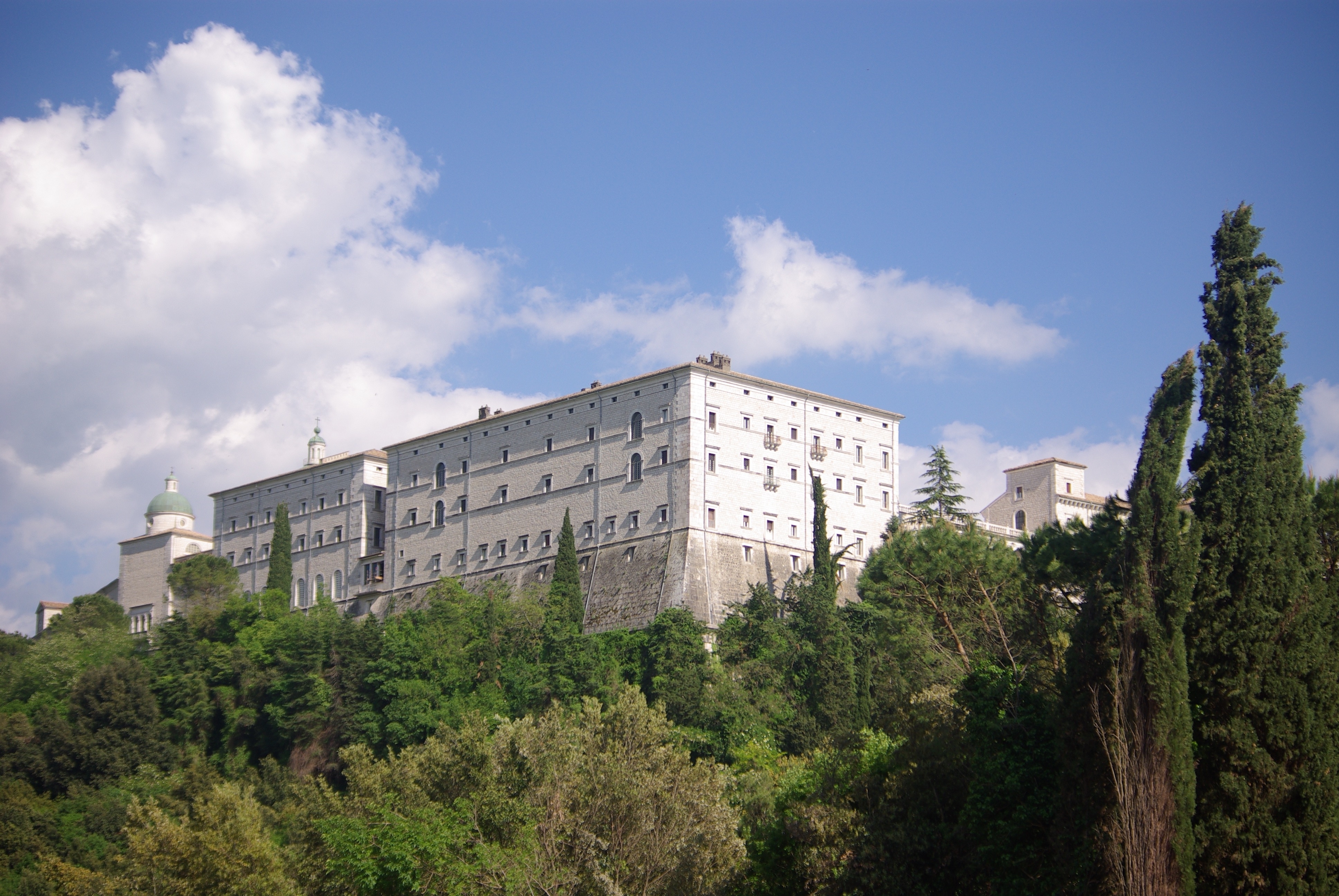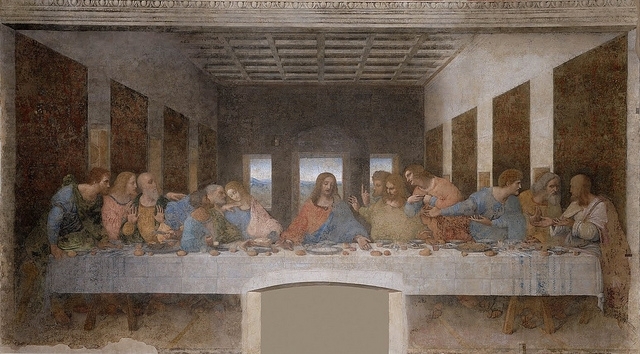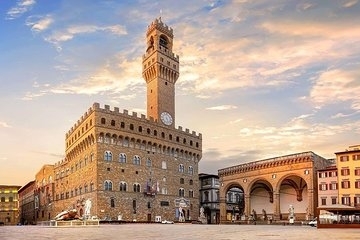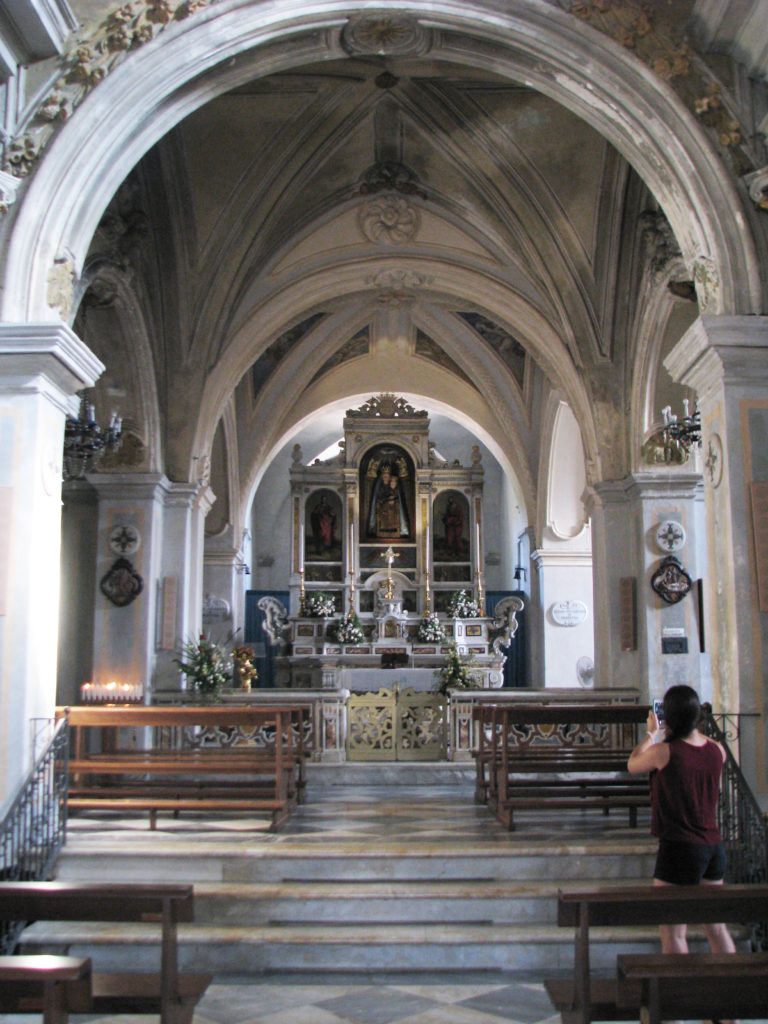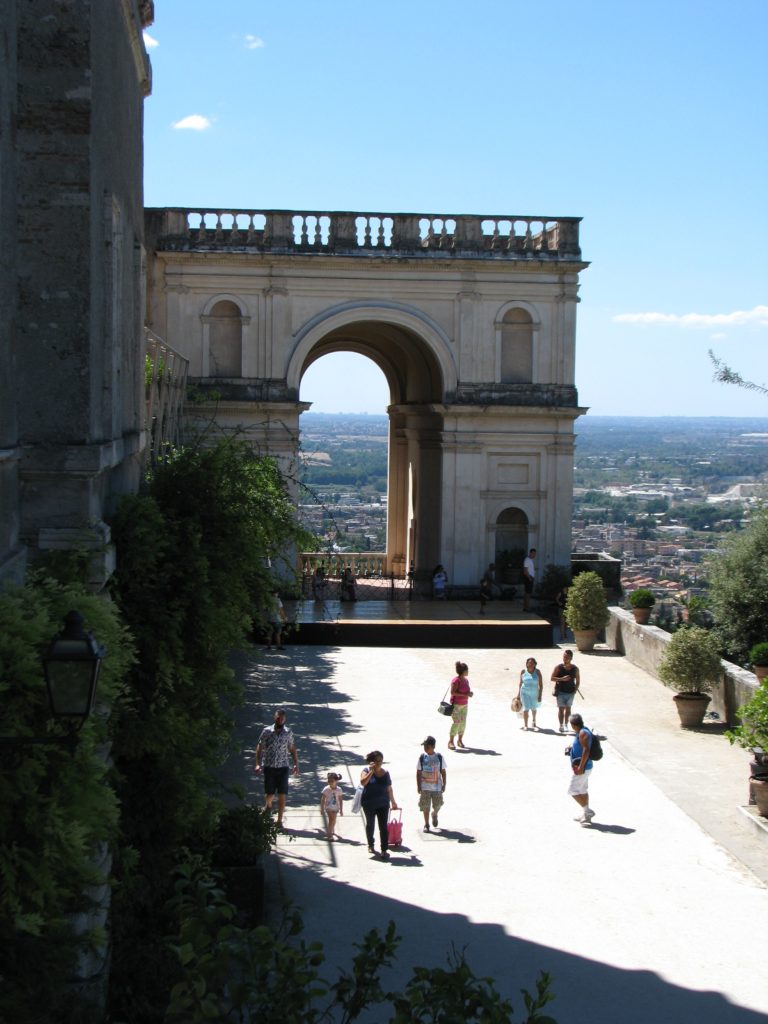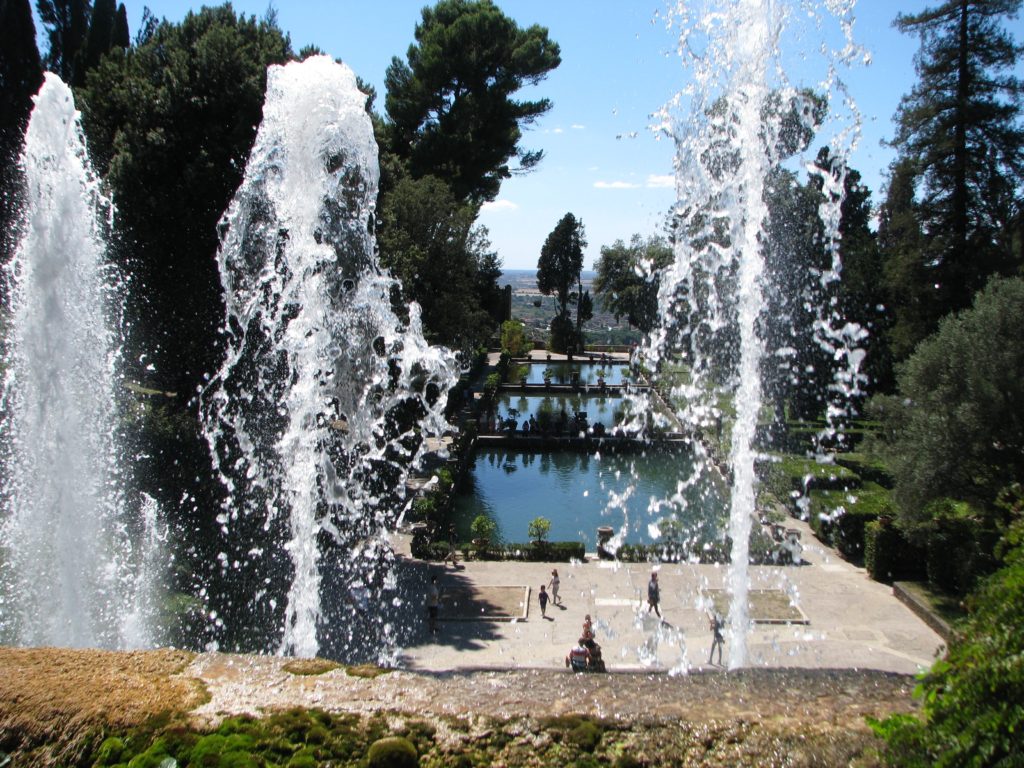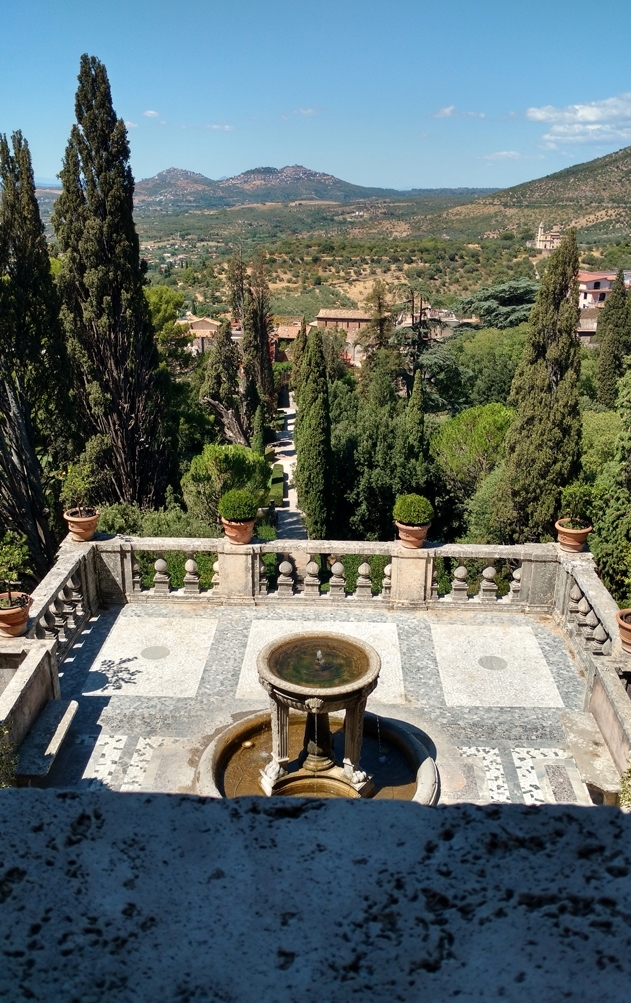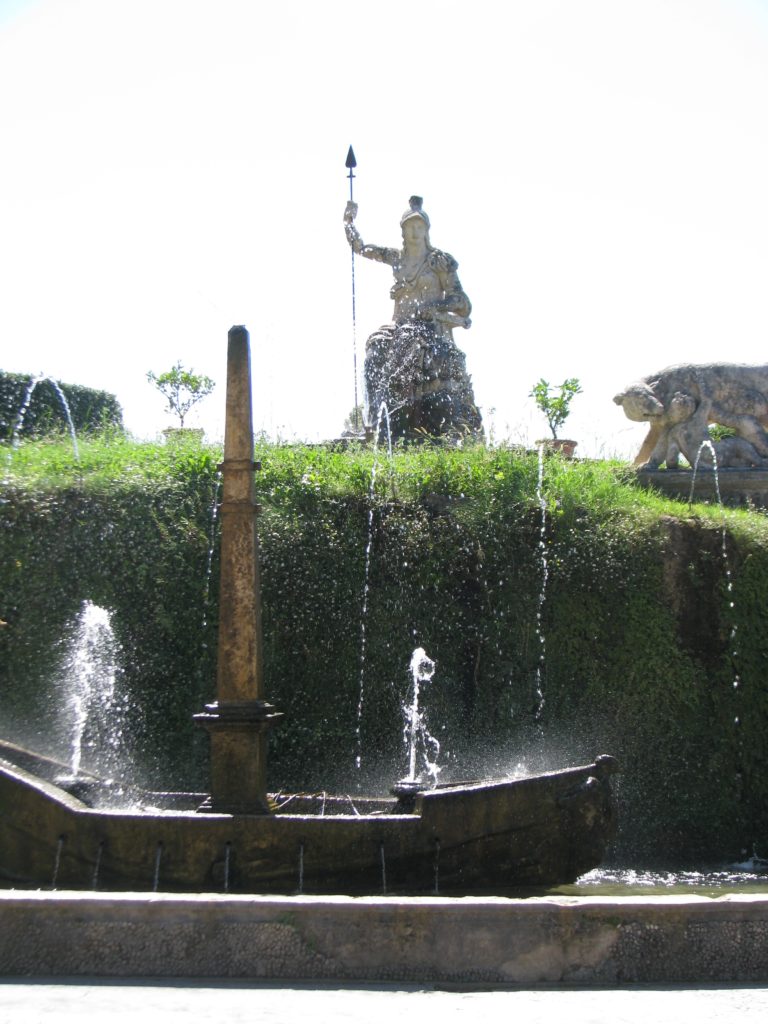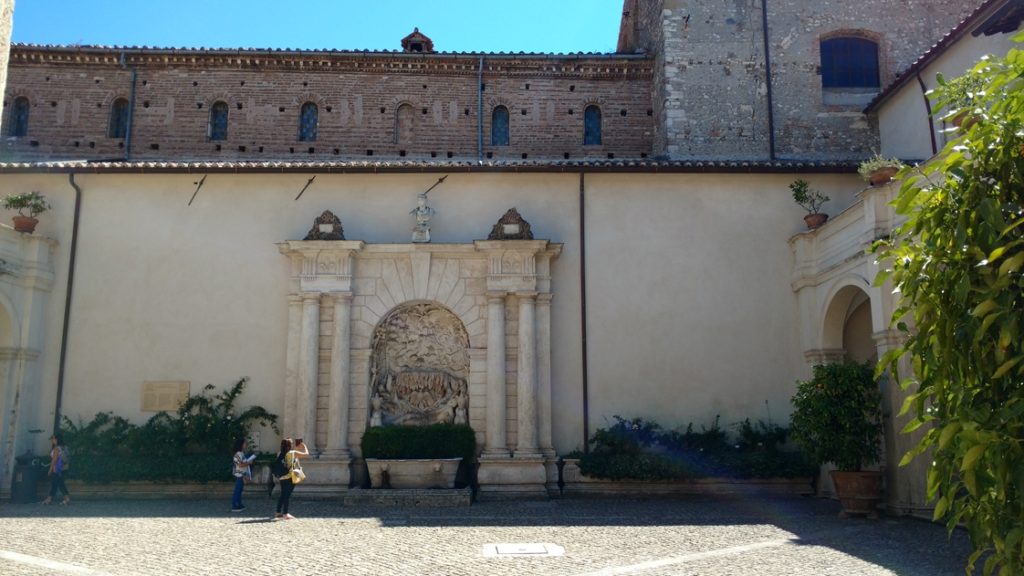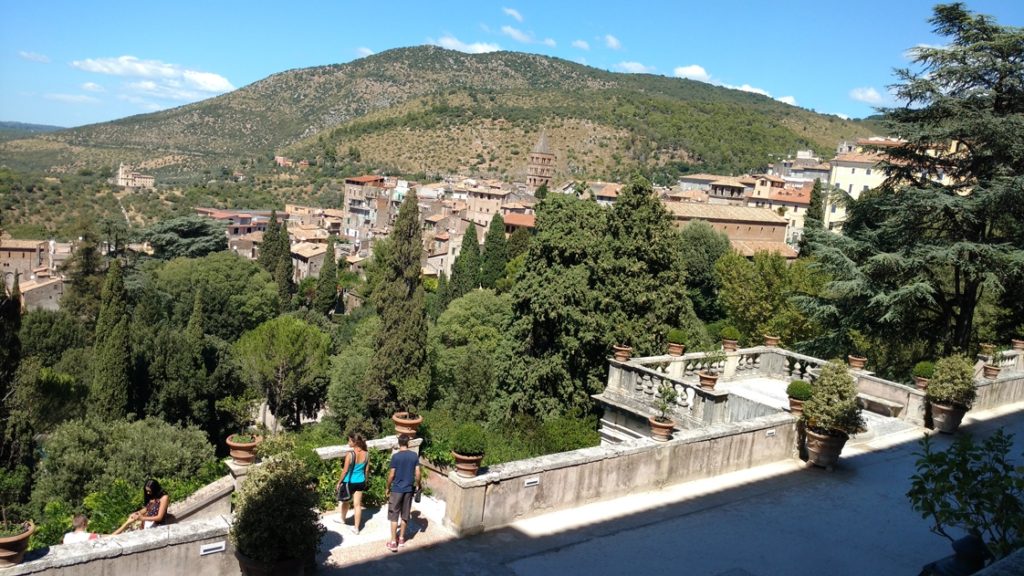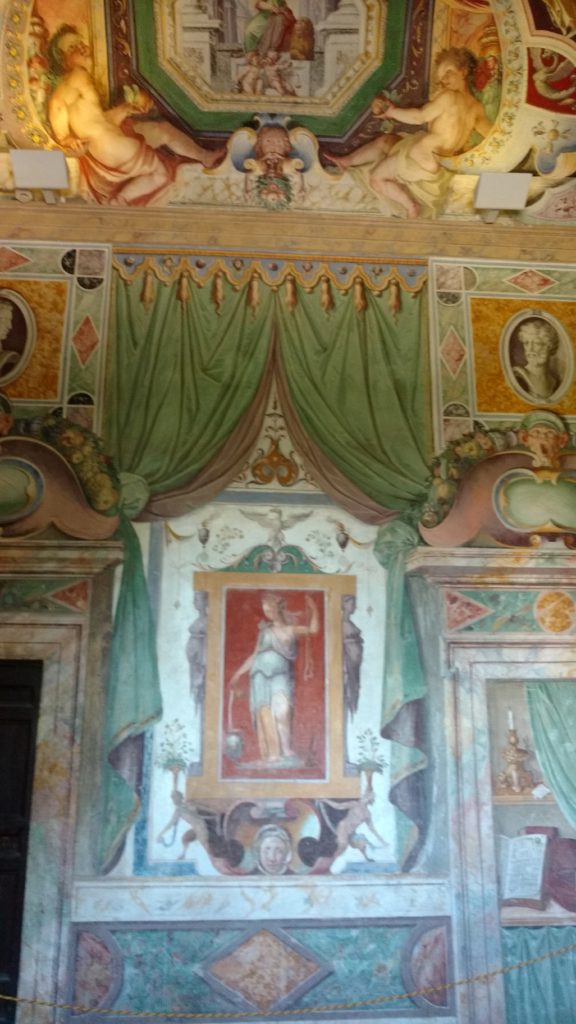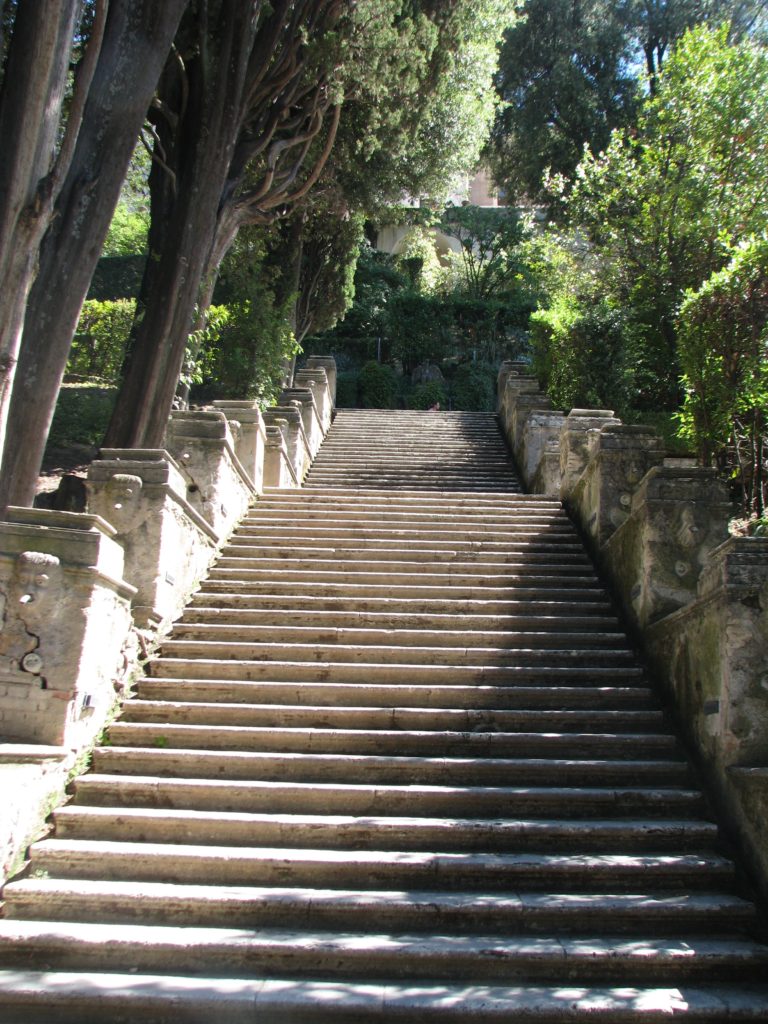The Abbey of Monte Cassino, located on top of a very large hill in the town of Cassino in the province of Frosinone, was founded by St. Benedict in 528 AD and is home to his sacred relics, along with those of his sister, St. Scholastica. It is considered to be the birthplace of monasticism in Western Europe.
The abbey has been destroyed and rebuilt many times due to barbarian invasions and natural disasters, and was the site of a very important battle during WWII between Allied forces and German soldiers due to its strategic location. After being destroyed by the Allies during WWII, it was rebuilt and reconsecrated in 1964 by Pope Paul VI. Today it is a monastery and museum, and includes a large cemetery of Polish soldiers killed during WWII while trying to liberate Italy.
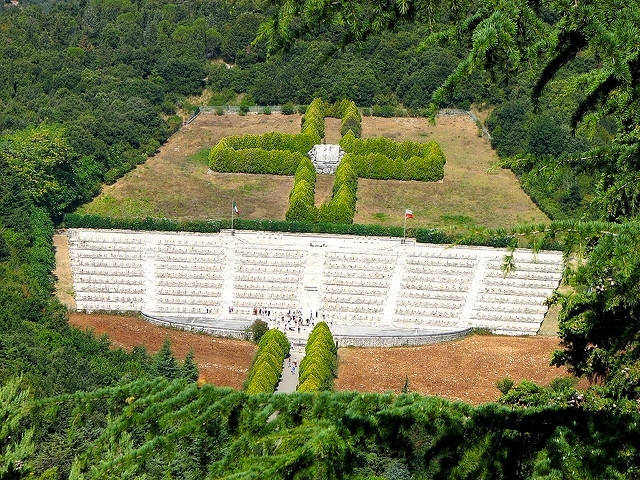
Monte Cassino Cemetary for Polish soldiers who died defending the abbey during WWII
Monks living in the monastery live by two basic principles: pray and work. All members of the monastery community have an important job to do. Their duties include receiving visitors, organizing events, maintaining the libraries and archives, binding books, growing herbs for their on-site pharmacy, and tending to its vineyard.
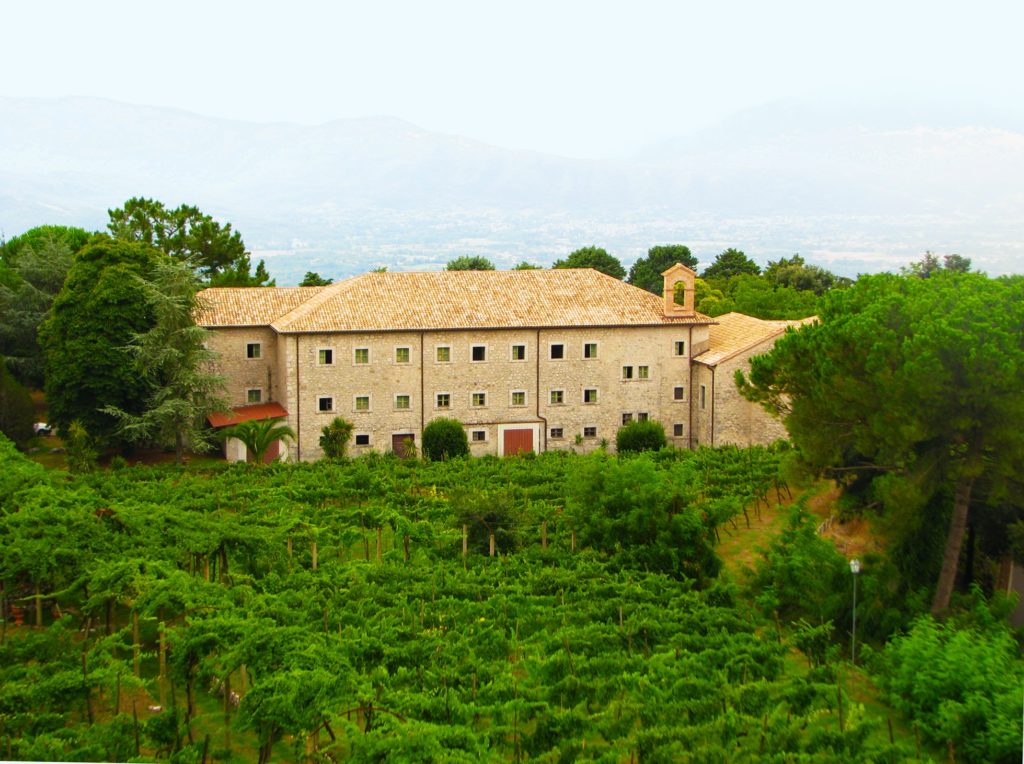
Vineyard
Was the destruction of the Abbey during WWII due to an error in translation?
According to an account by Colonel David Hunt found in the book With Alex at War, the autobiography of Sir Rupert Clarke, the bombardment of the Abbey by the Allies was due to a misinterpretation of an intercepted radio message by a British junior officer. The officer mistook the word “abbot” for a similar word in German meaning “bombardment”. By the time Colonel Hunt realized this error, it was too late and the American forces bombed the mountain top, something that both sides had promised the pope they would never do, killing hundreds of refugees that were taking shelter there. Miraculously, the abbot and monks were saved.
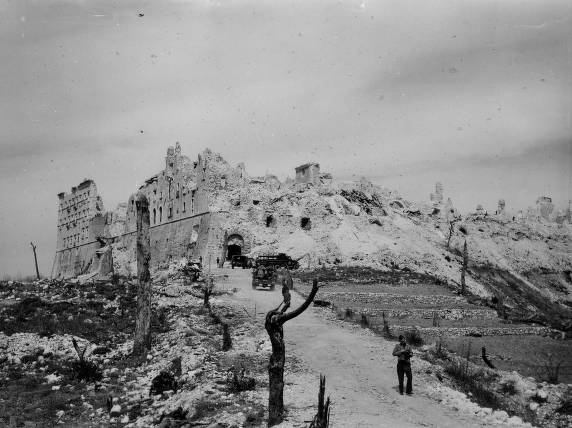
Monte Cassino after being destroyed during WWII
Monte Cassino Abbey Today
The monks that live in the abbey live each day according to St. Benedict’s Rule, regulations and guidelines written by him in the 6th century, which describes every aspect of monastic life and encourages love, prayer, work, respect, chastity, moderation, and community. The monks are known as cenobites, living in a religious community, rather than in isolation, under a leader, the abbot.
The cathedral that stands here today is actually the 4th church to be built on this site. What little was left of the cathedral before it was destroyed during WWII can be found incorporated in the structure and in its museums.
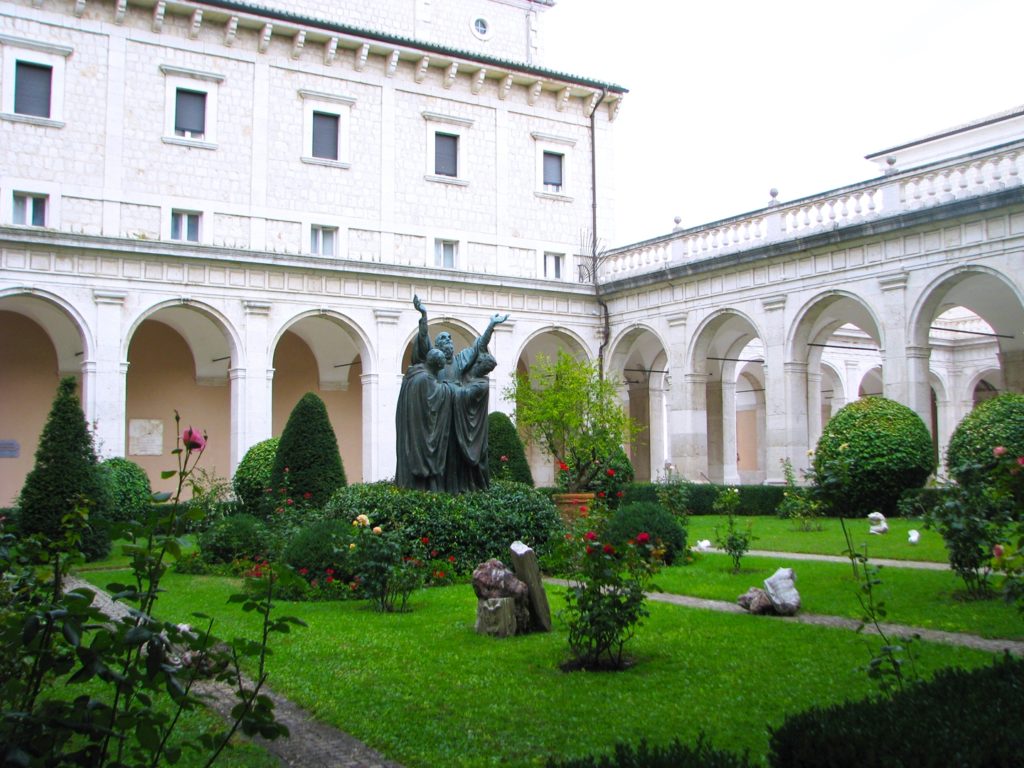
Courtyard with statue of St. Benedict receiving Holy Communion
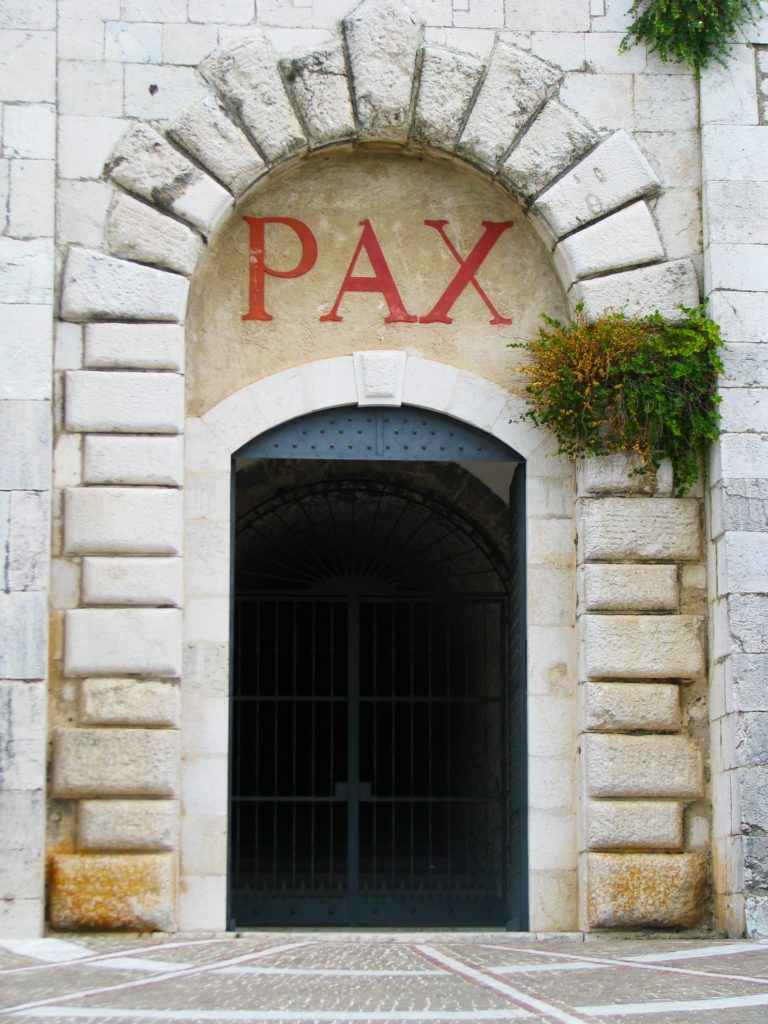
Doorway of Peace (PAX)
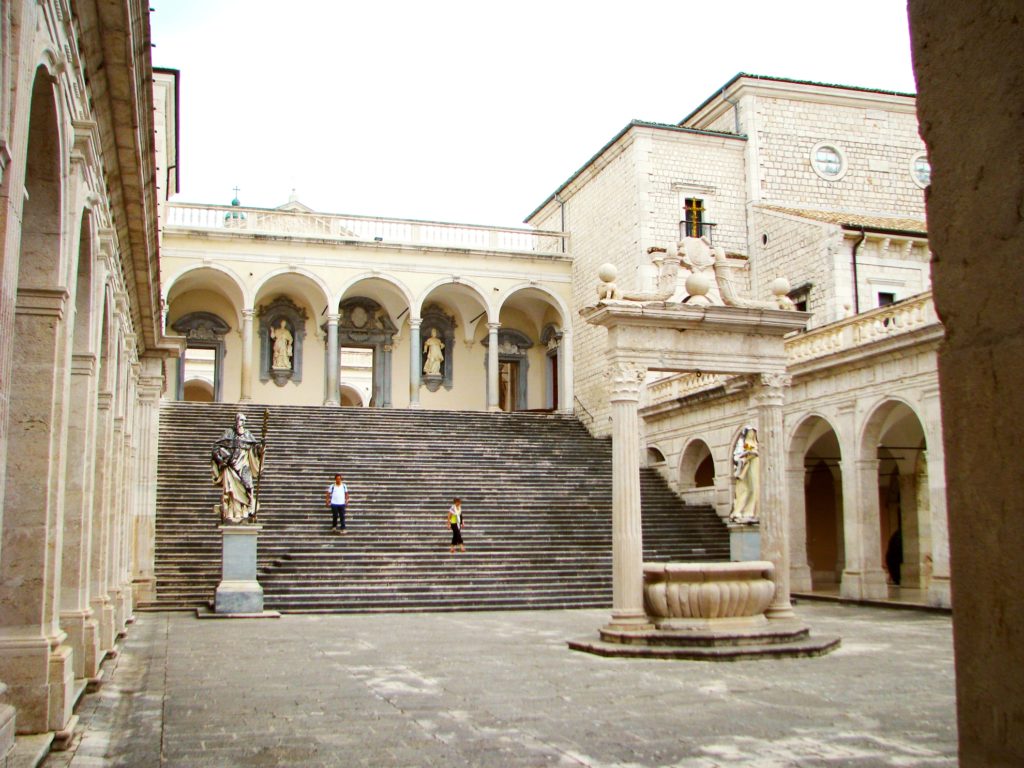
Cloisters

One of the many chapels in the Abbey of Monte Cassino
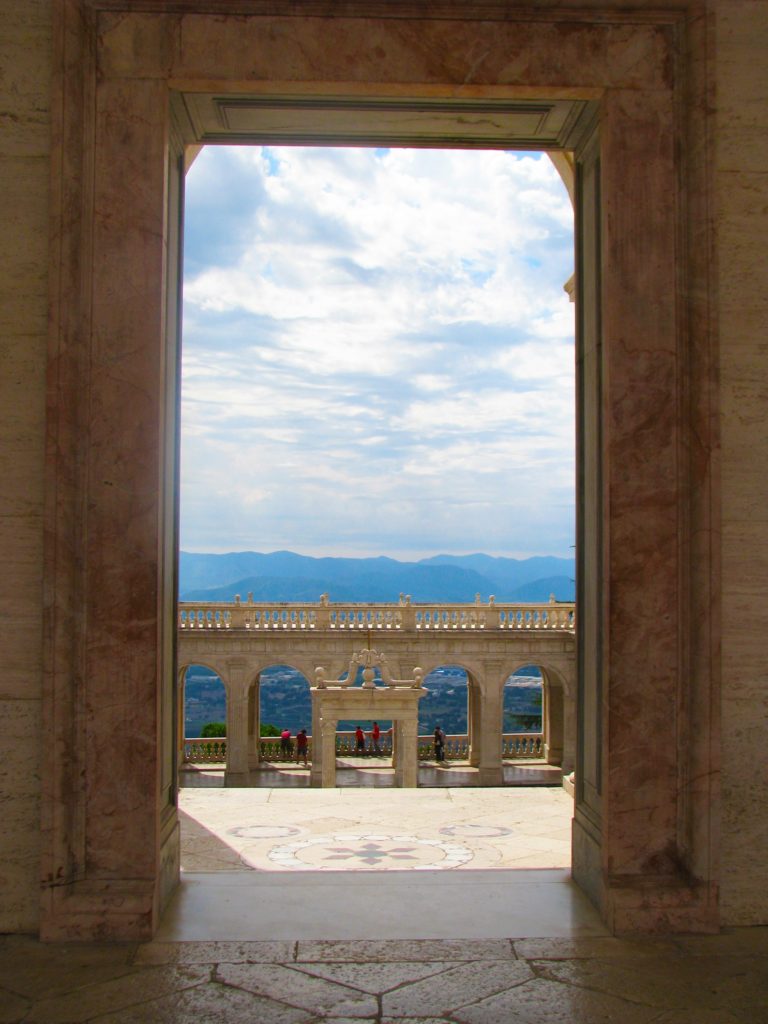
View of Cassino from Monte Cassino
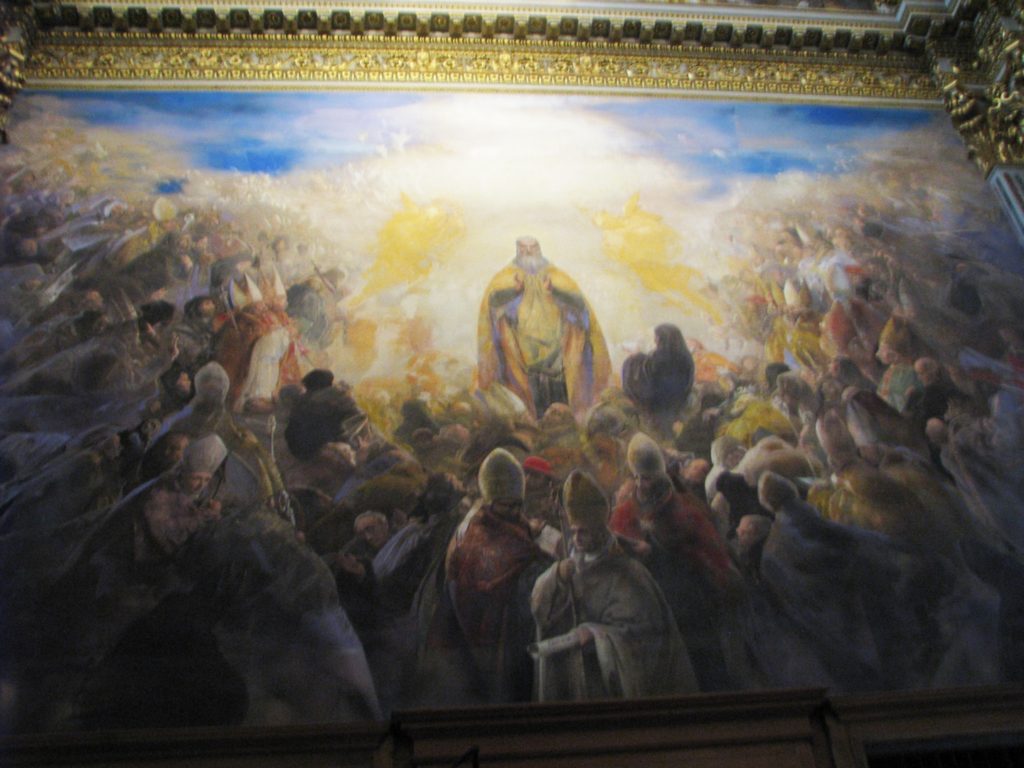
Fresco of St. Benedict

Latin Text
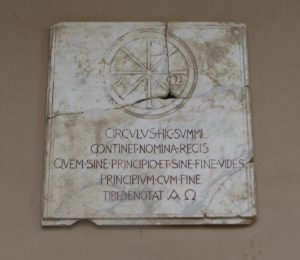
Latin Text
If you plan to visit during the warmer months, please be advised that, as with all churches, basilicas, etc., you will not be allowed in wearing shorts or sleeveless shirts.
To purchase tickets online, go to Abbazia di Montecassino.
Join my mailing list so that you can have new posts delivered right to your inbox!
Top photo credit: William Piccolino

